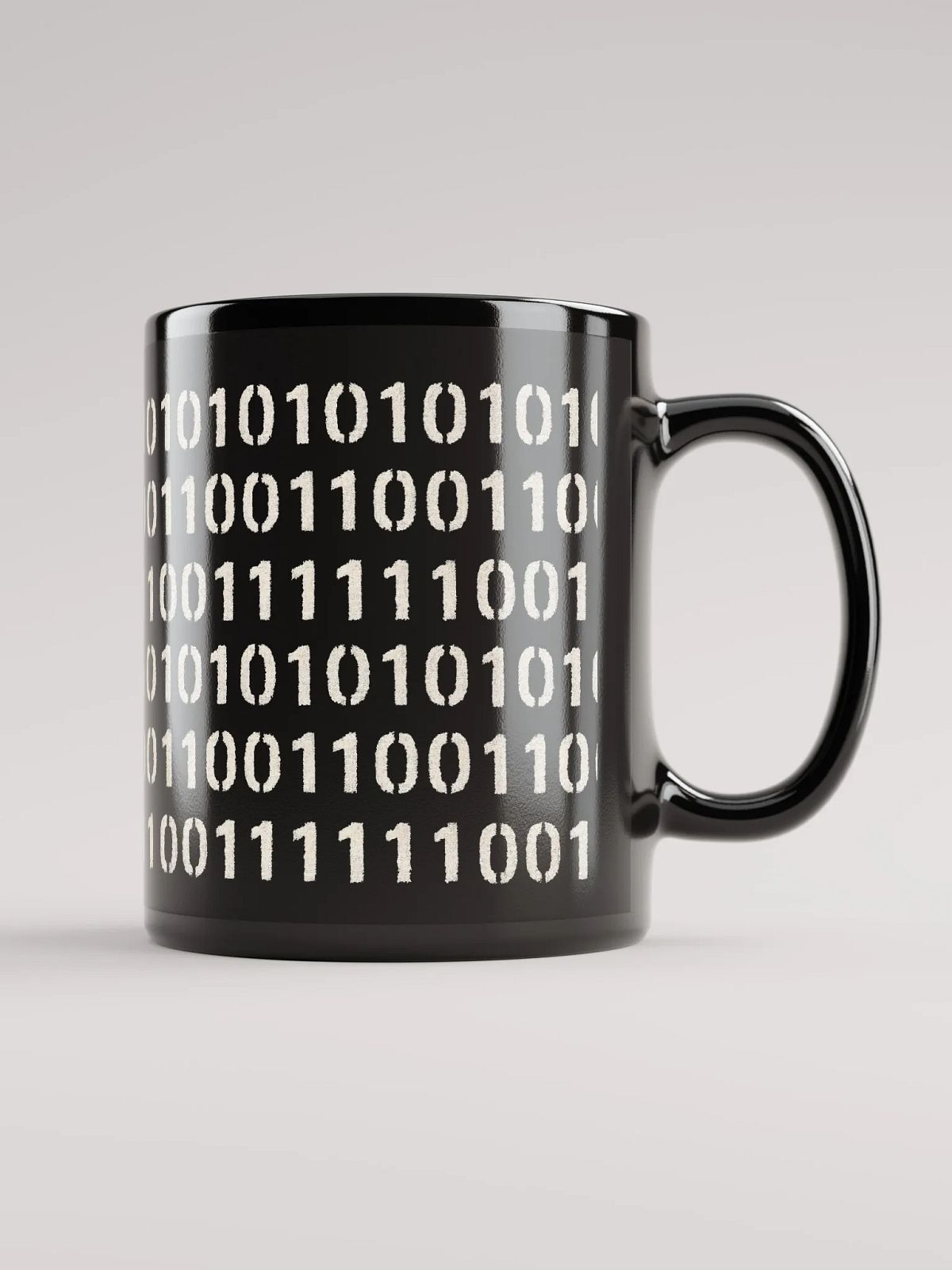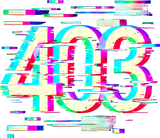What Are ASCII and Unicode?

When diving into the world of text encoding, a common question arises: what are ASCII and Unicode? These foundational systems are essential for computers to represent and manage text data efficiently across different platforms and languages.
Understanding ASCII
ASCII, which stands for the American Standard Code for Information Interchange, is one of the earliest character encoding standards. Introduced in the 1960s, ASCII was designed to represent English characters using a 7-bit binary code, allowing for 128 unique symbols. These include:
- Upper and lowercase English alphabets
- Digits (0-9)
- Common punctuation marks
- Control characters (like carriage return and line feed)
ASCII's simplicity made it ideal for early computers and communication devices. However, its limitation is evident in its inability to represent characters beyond the basic English set, which restricts its use globally.

Expanding Possibilities with Unicode
This limitation leads to the question: what are ASCII and Unicode when viewed together? Unicode is a more modern, comprehensive encoding standard developed in the 1990s to overcome ASCII's constraints. It supports over 143,000 characters from multiple writing systems, symbols, and emojis, making it essential for global digital communication.
Unicode uses various encoding forms, including UTF-8, UTF-16, and UTF-32. Among these, UTF-8 is the most popular because it is backward compatible with ASCII. This means any valid ASCII text is also valid in UTF-8, preserving legacy compatibility while adding multilingual support.
Unicode can encode:
- Characters from virtually all human languages
- Mathematical symbols
- Historical scripts
- Miscellaneous icons and emojis

Why Knowing the Difference Matters
Understanding what are ASCII and Unicode is crucial for developers, content creators, and anyone managing data across different languages and systems. ASCII is suitable for simple, English-based systems, while Unicode offers the flexibility required for modern global communications.
For practical applications, ensuring your software supports Unicode, especially UTF-8, avoids issues with character corruptions and facilitates seamless exchange of international text.
In summary, ASCII laid the foundation for text encoding, but Unicode is the universal standard that enables today's diverse, multilingual digital world. Knowing the answer to, "what are ASCII and Unicode?", empowers better decisions in handling text data efficiently and correctly.






